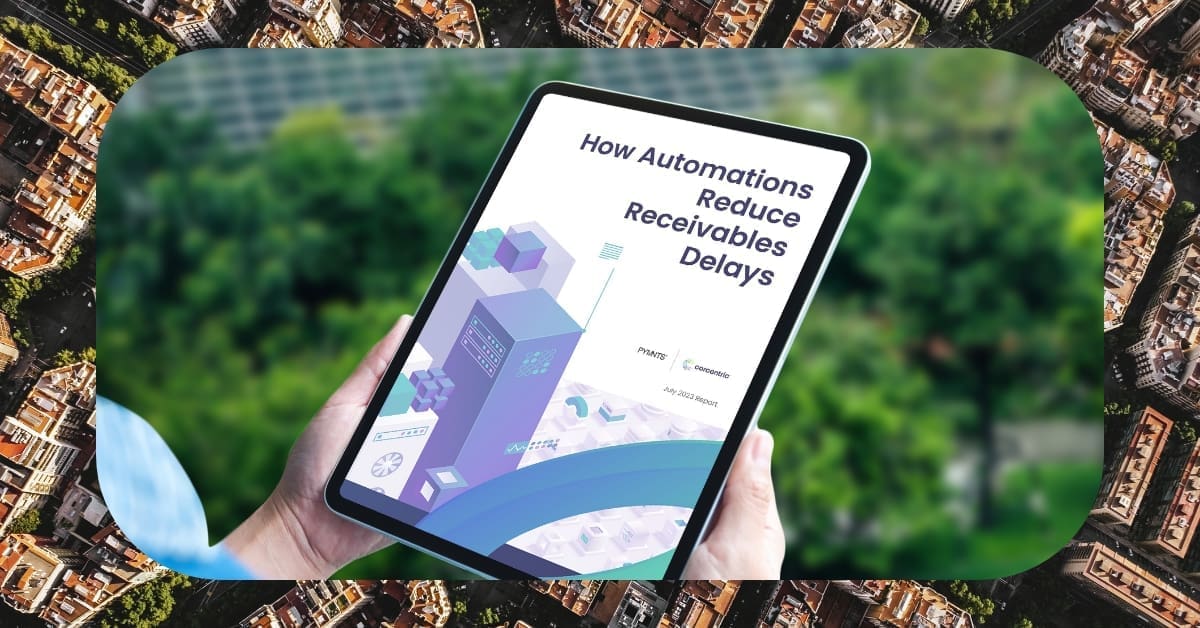Solving Supplier Change Management With Managed Services
Corcentric

SUPPLIER CHANGE MANAGEMENT
Solving Supplier Change Management with Managed Services
Every growing organization experiences their fair share of supplier turnover. On one hand, supplier turnover allows company to explore competitive options; on the other hand, it can become difficult task to manage. businesses must understand the complexities involved in supplier change management or they run the risk of creating problems that can cost time and money. By embracing managed services to facilitate the necessary changes, companies can take advantage of this opportunity, while also providing the foundation for successful outcomes.
Introduction
Engaging managed services to navigate through the complexities of supplier change management allows companies to reduce the likelihood of issues while speeding up the transition process. Bridge the gap between existing services and supplier turnover with comprehensive solution that best fits the needs of your organization.
A managed service provider (MSP) will not only help by managing elements like onboarding, payments, vendor relationships, data security, and compliance, but also ensure smooth and secure transition/integration between current environment and third-party service providers.
Step-By-Step Guide
1. Revisit and review supplier requirements The first step to transitioning to managed service provider starts with assessing the supplier requirements best suitable to meet your companies needs. Evaluation of supplier performance, capability and compatibility with current environment, needs to be complete and include an audit of existing supplier elements.
2. Define change procedures Once due diligence analysis of the suppliers has been completed, the company must develop procedure to address the desired changes. plan is far more advantageous compared to nebulous round of changes. It also ensures that the respective requirements of the supplier are being met and that any potential compliance issues are addressed.
3. Analyze data Assessing the amount and types of data being transferred from the existing system to the new supplier is critical step in understanding the changes required. MSPs have the capability to assess and evaluate the amount of data transfers and how this could affect the overall security and operations of the company.
4. Facilitate integration One of the biggest challenges associated with supplier change management is ensuring smooth integration between the existing environment and the new supplier. This requires plan that leverages step-by-step approach towards integration on both ends, allowing seamless transition and minimizing disruption.
5. Develop testing and training Once the new integration has been completed and the vendor is ready to go live, it is essential to test the system under realistic and demanding scenarios, ensuring that all necessary functions are operating properly. In addition, training of new employees to properly use the system should also be conducted.
Conclusion
When it comes to supplier change management, businesses must ensure that the transition is performed with the utmost care and security. To ensure smooth and secure process, the companieshould look no further than the managed service provider. Leveraging the expertise of qualified MSP helps businesses execute an efficient, comprehensive, and problem-free transition.

